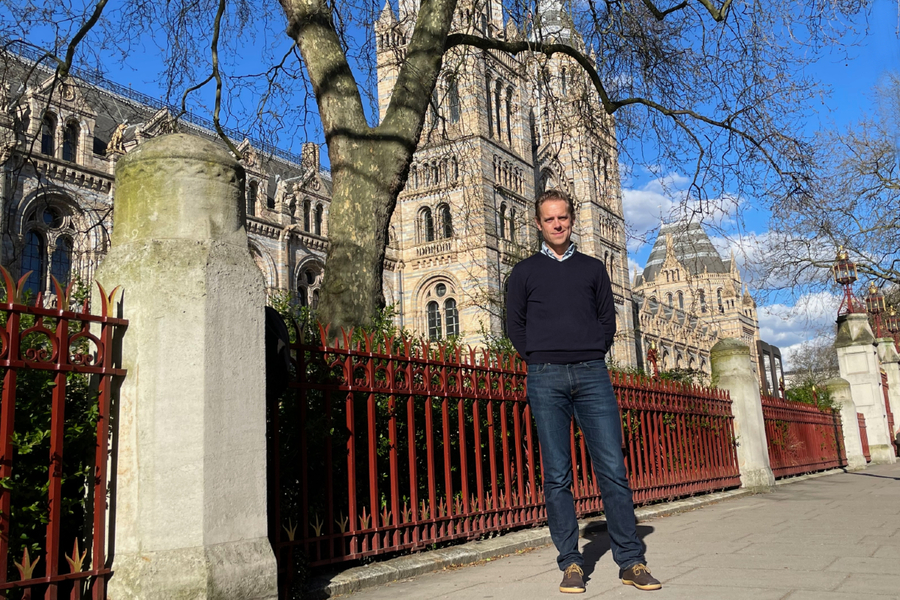The team that is renovating the landmark Waterhouse Building at the Natural History Museum, one of London’s most iconic 19th century buildings, will use historically accurate and sustainable linseed paint, made in North Yorkshire, to restore each of the structure’s hundreds of original cast iron windows as it undergoes the latest phase of a £20m restoration project.
Yorkshire-based Brouns & Co, which manufactures traditional linseed paint in Sherburn in Elmet, from flax crops grown nearby, has been appointed to the project as part of a team of specialists led by London-based Avanti Architects, which was awarded the contract to manage the latest phase of works to repair the façade of the Natural History Museum’s grade 1-listed Waterhouse Building.
The firm’s CEO, Michiel Brouns, is a conservation expert who gained expertise in restoring and renovating historic buildings in his native Netherlands before moving to the UK in 2006 and setting up Brouns & Co in Yorkshire.
“In Scandinavia, which has a long tradition of using linseed paint, original coats of linseed paint have survived on houses that are more than 500 years old,” said Brouns. “Linseed oil paint is fully protective against the weather; unlike modern plastic-based paints, its wicking properties enable humidity to evaporate, instead of trapping moisture under an impermeable film, and it’s absolutely historically accurate to the period of this iconic building,”
He added: “We are really excited to work on this important project to restore the Waterhouse Building with Avanti and the other conservation experts who are leading the field in this vital area of work.”
Avanti Architects director Fiona Lamb said: “As specialists in the conservation and heritage sector, we work hard to ensure we specify the correct materials in the repair and care of historic buildings. Paint is so often key to protecting and extending the life of materials like timber and metal; using the wrong paint can be disastrous for the building and the environment.
“Whereas modern paints are made from plastics, which are tinted with synthetic pigments and filled with drying agents, Brouns & Co’s linseed paint, which we are using on the original cast iron windows that were installed when the museum was built in 1881, is made in the traditional way by grinding powder pigments into boiled linseed oil.
“The modern formulation has zinc oxide rather than lead as the mould inhibitor and with the right combination of zinc white and titanium dioxide, the paint has great efficacy and produces a paint that is safe for the environment, great to work with and enhances the protection of wood and metal.”



